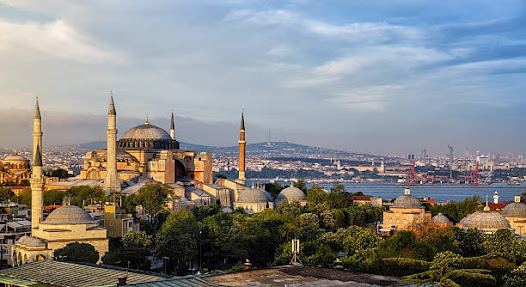Architecture of Eiffel Tower
The Eiffel Tower, an iconic landmark of Paris, stands tall as a testament to human ingenuity and architectural brilliance. Designed by Gustave Eiffel, this towering structure has become a symbol of France's cultural heritage and a must-visit attraction for tourists worldwide. In this article, we will delve into the architectural marvel of the Eiffel Tower, exploring its design, construction, and the various ticketing and tour options available to visitors.
1. Historical Background: Gustave Eiffel, a distinguished French engineer, emerged victorious from a competition that attracted over 100 proposals, securing the opportunity to design the Eiffel Tower. This iconic structure was commissioned as the grand entrance to the 1889 Exposition Universelle, a World's Fair held in Paris to commemorate the 100th anniversary of the French Revolution. Commencing in 1887, the tower's construction spanned just over two years and involved the dedicated efforts of more than 300 workers. Today, visitors can obtain Eiffel Tower tickets to explore this architectural masterpiece, immersing themselves in its rich history and marveling at its grandeur.
2. Design and Structure: The Eiffel Tower stands at a height of 330 meters (1,083 feet) and was the tallest man-made structure in the world until the completion of the Chrysler Building in New York City in 1930. The tower is composed of iron lattice-work, consisting of four immense arched legs that converge at the top. It is divided into three levels, each offering breathtaking views of the city.
3. Architectural Significance: The Eiffel Tower's architectural significance lies in its innovative design and engineering techniques. Gustave Eiffel employed advanced mathematical calculations to ensure the stability and strength of the structure. The tower's open lattice-work design not only reduced wind resistance but also allowed natural light to penetrate, creating a sense of transparency and lightness.
4.Eiffel Tower Tickets and Tours: To accommodate the millions of visitors it attracts annually, the Eiffel Tower offers various ticketing and tour options. Visitors can purchase tickets online in advance to skip the long queues. The tower has three levels accessible by stairs or elevators, and tickets can be purchased for each level separately or as a combined ticket. Guided tours are also available, providing visitors with insightful information about the tower's history, architecture, and panoramic views of Paris.
5. Summit Experience: The summit of the Eiffel Tower offers a truly unforgettable experience. Visitors can enjoy a 360-degree view of Paris, spotting famous landmarks such as the Louvre Museum, Notre-Dame Cathedral, and the Arc de Triomphe. The summit also houses a champagne bar and a gift shop where visitors can purchase souvenirs to commemorate their visit.
6. Nighttime Illumination: The Eiffel Tower's beauty is further enhanced by its nighttime illumination. Every evening, the tower is adorned with thousands of sparkling lights, creating a mesmerizing spectacle. The illumination lasts for five minutes every hour until 1 am, making it a must-see attraction for visitors.
7. Sustainability Efforts: In recent years, the Eiffel Tower has taken significant steps towards sustainability. The tower's lighting system has been upgraded to energy-efficient LED lights, reducing its carbon footprint. Additionally, rainwater harvesting systems have been installed to water the tower's gardens, further promoting eco-friendly practices.
8. Cultural Icon and Legacy: The Eiffel Tower has become an enduring symbol of Paris and French culture. It has been featured in numerous films, literature, and artwork, solidifying its place in popular culture. The tower's architectural brilliance and cultural significance have made it a UNESCO World Heritage site, ensuring its preservation for future generations.








Comments
Post a Comment